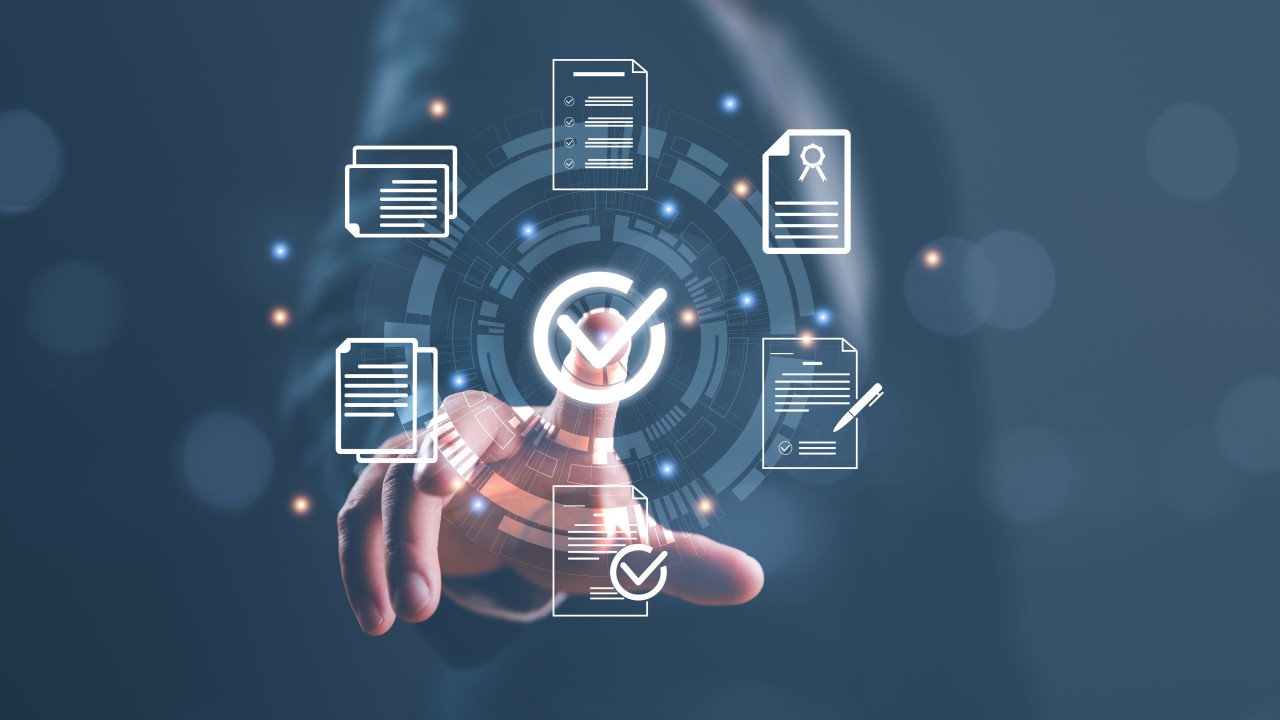Why Skills-Based Organizations Are Winning the Talent War in 2025
Why Skills-Based Organizations Are Winning the Talent War in 2025In the evolving landscape of the skills-based economy, organizations that prioritize competencies over traditional credentials are leading the pack. Skills-based hiring predicts job performance than education-based hiring and works twice as well as hiring based on work experience. This compelling evidence demonstrates why organizations now make skills





